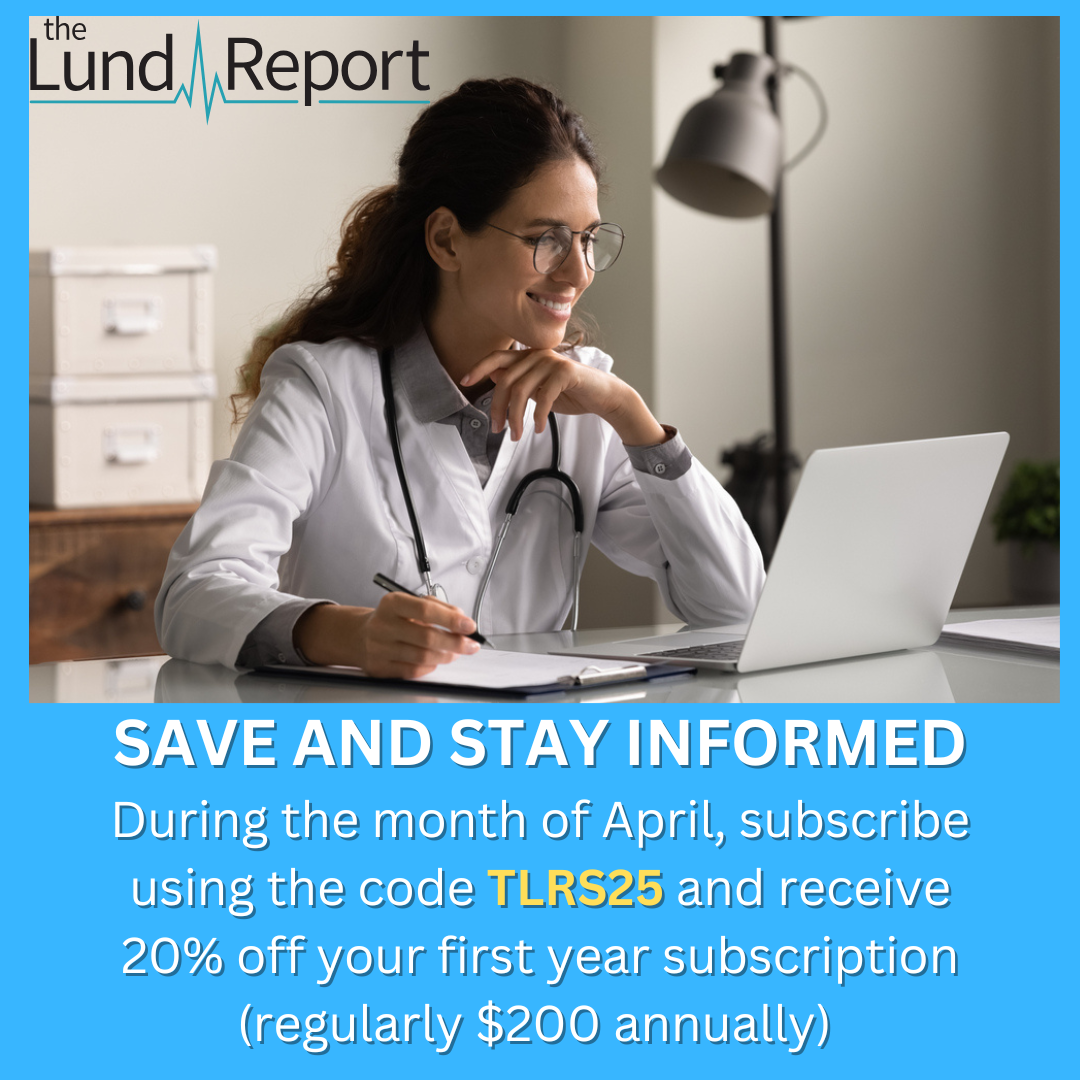Women’s Voices for the Earth’s (WVE) report -- Unpacking the Fragrance Industry: Policy Failures, the Trade Secret Myth and Public Health -- on the failures of the fragrance industry’s self-regulating safety program has grabbed the attention of the industry.
Shortly after WVE released the report, the fragrance industry’s research arm, Research Institute for Fragrance Materials (RIFM), posted a statement on their website with a title inspired by WVE’s report, “Unpacking the Fragrance Industry: understanding the safety evaluation process”.
RIFM’s statement is riddled with problems, such as this remark: “All of RIFM’s research is published and easily accessed in the public domain, on its website atwww.rifm.org or its Online Open Source Fragrance Material Safety Assessment Center at http://fragrancematerialsafetyresource.elsevier.com/.“
This statement is simply untrue. Neither website provides any information on RIFM’s library of unpublished studies which are regularly cited in RIFM’s summary safety assessments. These basic research studies on fragrance materials, conducted by RIFM, have never been available to be reviewed by researchers outside the fragrance industry. This lack of transparency simply raises doubt on the validity of the science. (View WVE’s full response to RIFM’s statement here.)
Instead of addressing concerns outlined in the report, RIFM’s statement merely raises more questions regarding the fragrance industry’s safety standards. If the fragrance industry is committed to providing a safe product – here are five questions the fragrance industry needs to answer:
- Women’s Voices for the Earth tells us we should be concerned about certain fragrance chemicals like phthalates, styrene, benzophenone and polycyclic musks. What does the RIFM Expert panel say about the safety of these chemicals in fragrance?
- The report, Unpacking the Fragrance Industry, says the RIFM Expert panel meets in secret. Is this true? Where and when does the RIFM Expert Panel meet and are minutes available for their deliberations?
- Can a reporter get access to the RIFM database?
- WVE's report includes a list of 15 fragrance chemicals from the IFRA list (the list of chemicals used to make fragrance) that are prohibited from use in cosmetics in the European Union. And a list of 35 fragrance chemicals from the IFRA list that are prohibited or restricted from use in cosmetics in Canada. Are there corresponding IFRA standards for these chemicals that also prohibit or restrict their use from use in cosmetics – or are the laws of these countries stricter than what IFRA allows?
- If a company wanted to replicate a fragrance produced by a competitor, what information would they get from a simple list of ingredients that they wouldn’t get from using their own in-house gas chromatography (GC-MS) equipment?
If you have any additional questions, or are interested in an interview with the report's author and WVE's Director of Science and Research, Alexandra Scranton, contact
Beth Conway
Communications Manager
Women's Voices for the Earth
406-543-3747
[email protected]
About Women’s Voices for the Earth
Women’s Voices for the Earth has been a leader in fragrance ingredient research and safety since 2007. Their fragrance campaign work includes reports Secret Scents and What’s That Smell? This new investigative report is a continuation of WVE’s work towards complete ingredient transparency and chemical safety.
Founded in 1995, Women’s Voices for the Earth amplifies women’s voices to eliminate the toxic chemicals that harm our health and communities. With thousands of members across the United States, WVE changes corporate practices, holds government accountable, and works to ensure a toxic-free future for all. www.womensvoices.org.
